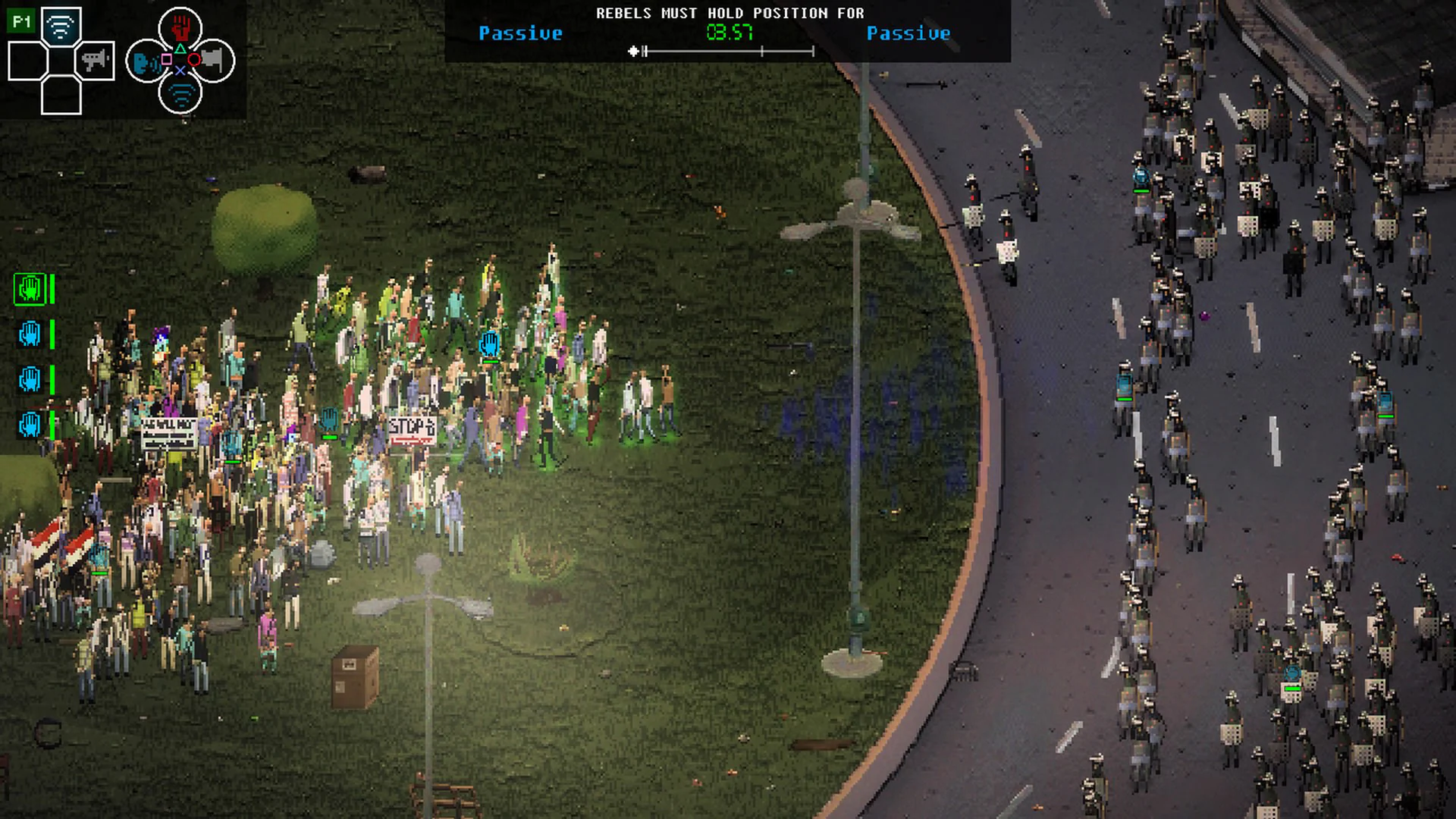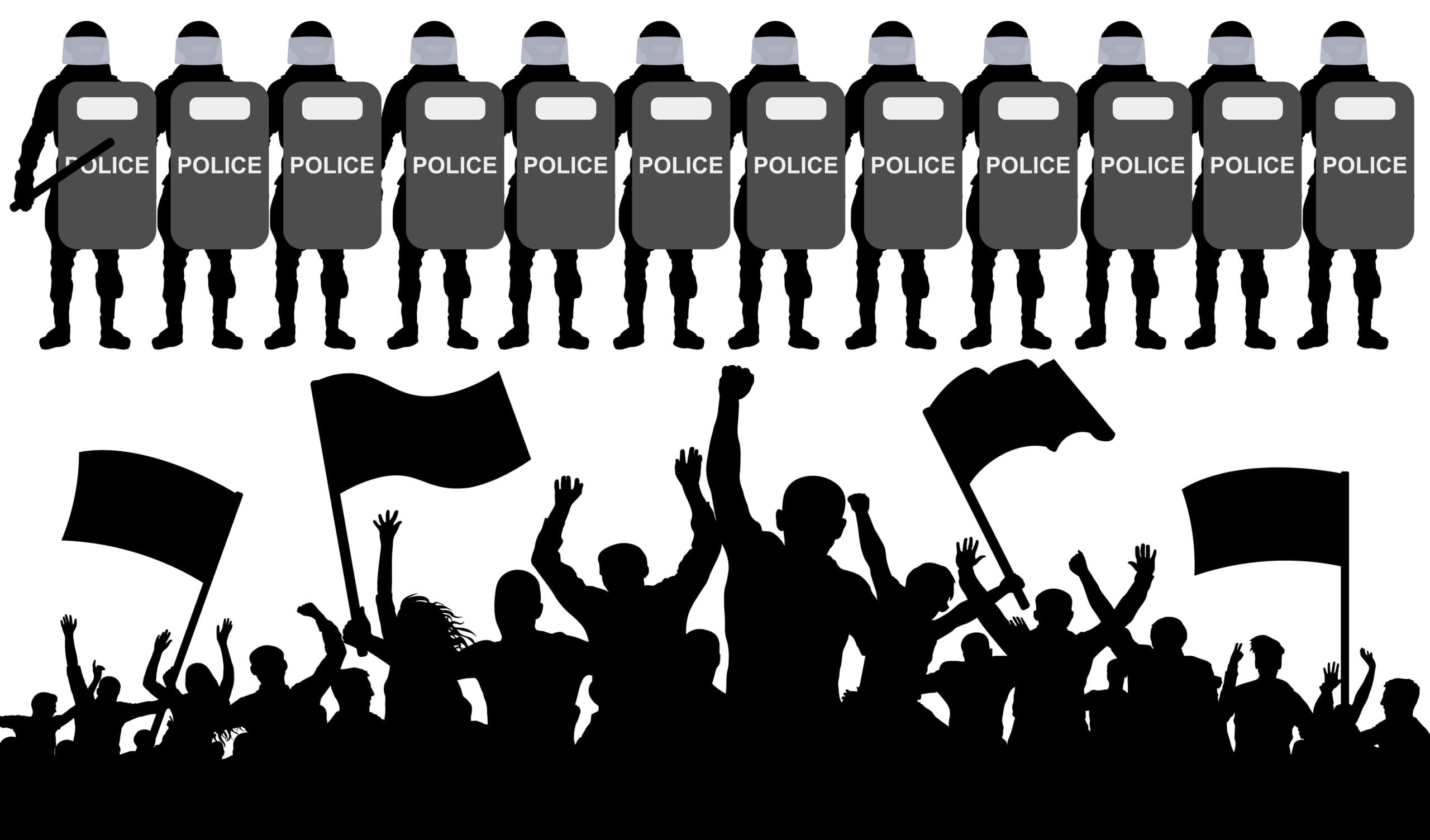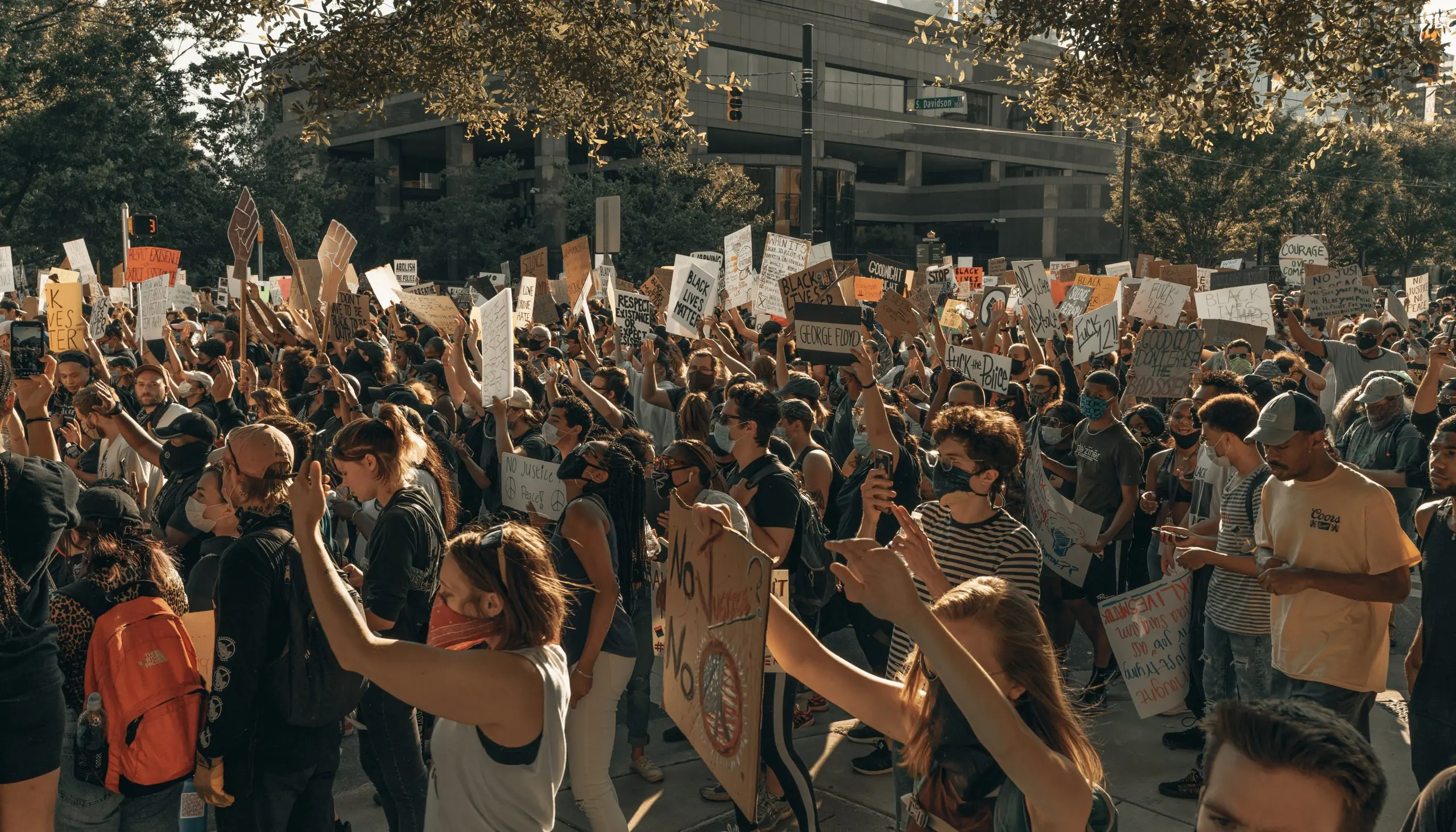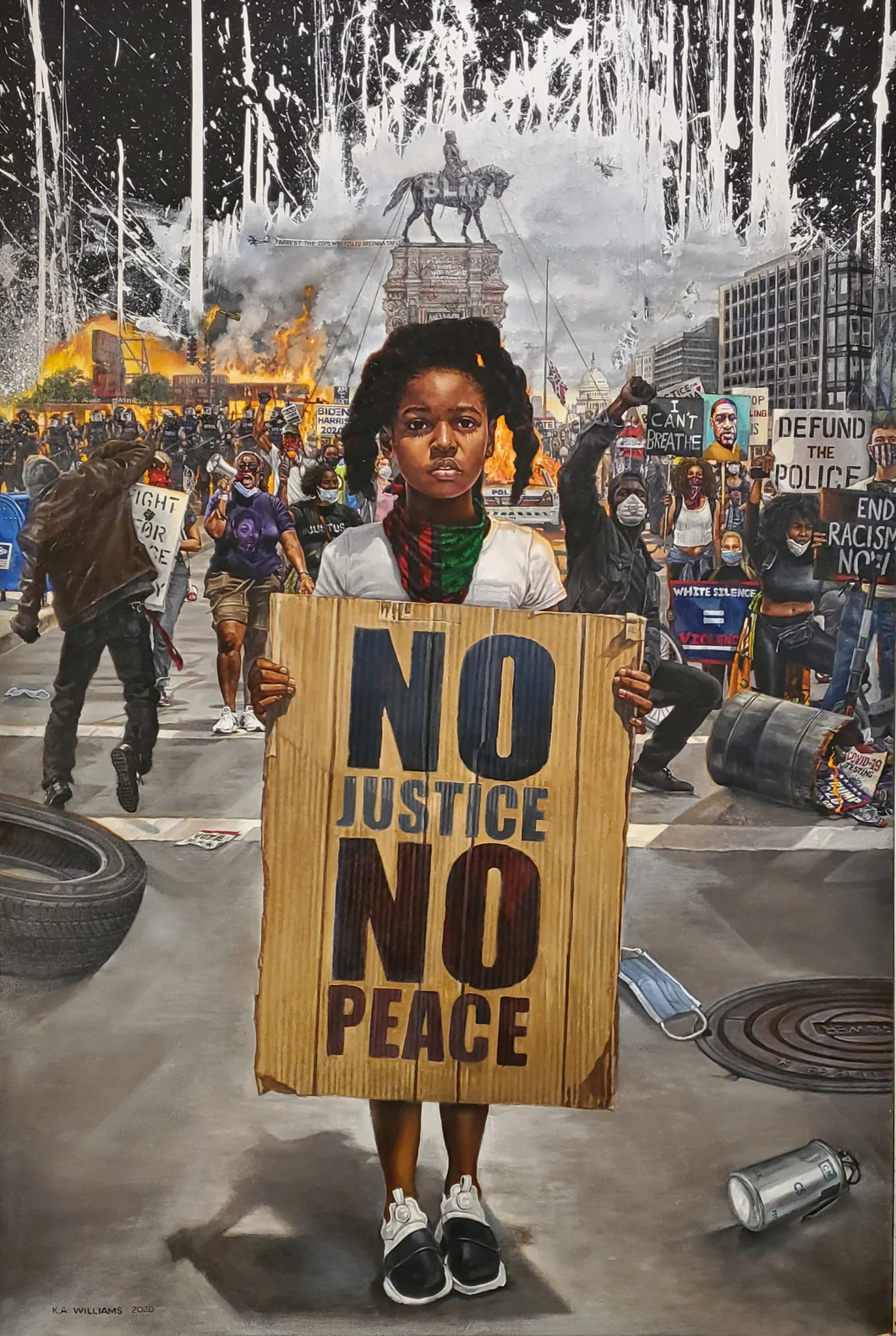In times of civil unrest, the strength of a community often determines its resilience. When neighbors come together with a shared plan, they transform from individual households into a formidable collective shield. Building a community defense plan isn’t about confrontation; it’s about fostering trust, coordination, and proactive safety measures. With a little ingenuity and a lot of teamwork, communities can cultivate an environment where everyone feels protected and empowered. Ready to turn concern into action? Let’s explore how to craft a community defense plan that’s as cheerful as it is effective!
Rally Together: Crafting a Unified Community Defense Strategy
The first step in creating a community defense plan is rallying everyone around a common goal. Organize a neighborhood meeting—whether in person or virtual—to discuss concerns, share ideas, and establish trust. Emphasize the importance of unity and collective responsibility, making sure everyone understands that a strong community is built on open communication and mutual support. When neighbors see themselves as part of a team rather than isolated individuals, they’re more likely to participate actively and support each other in times of need.
Next, develop a clear, written strategy that outlines roles and responsibilities. Assign community leaders or safety coordinators who can serve as points of contact and keep everyone informed. Create a shared map of resources—like emergency supplies, safe meeting spots, and local contacts—that everyone knows how to access quickly. Establish communication channels such as group chats, neighborhood watch alerts, or community radio networks to ensure messages are timely and reach everyone. A well-documented plan acts as a blueprint that turns goodwill into coordinated action.
Finally, foster a spirit of inclusivity and trust within the community. Encourage neighbors to share their skills, whether it’s first aid, conflict resolution, or logistical planning. Celebrate small victories and milestones together—like organizing drills or safety workshops—to keep morale high. Remember, a cheerful, optimistic outlook helps strengthen bonds and keeps everyone motivated, turning a potentially tense situation into an opportunity for community building and resilience.
Empowering Neighbors: Key Steps to Strengthen Your Collective Shield
Empowerment begins with education—equip your neighbors with knowledge about basic safety, conflict de-escalation, and emergency procedures. Organize fun and engaging workshops or training sessions that demystify these topics, making learning accessible and enjoyable. When everyone understands how to respond calmly and effectively during tense moments, the entire community becomes a more resilient and confident force. Share resources like flyers, videos, or local expert contacts to keep information flowing and accessible.
Building a network of trust is essential. Encourage neighbors to look out for one another and to establish informal patrol routines or check-in systems. Simple acts like greeting each other regularly or sharing a cup of coffee can foster camaraderie and reduce suspicion. When neighbors trust each other, they’re more likely to share important information swiftly and support one another through challenges. This social fabric becomes the backbone of your collective defense, turning strangers into allies.
Lastly, leverage community resources and partnerships to bolster your plan. Reach out to local organizations, law enforcement, or civic groups for support and advice. Consider forming a community safety committee that meets regularly to review plans, discuss concerns, and celebrate progress. Use positive reinforcement—highlighting successes and resilience—to keep spirits high and the community motivated. Remember, empowering neighbors isn’t just about preparedness; it’s about creating a cheerful, hopeful environment where everyone feels responsible and capable of safeguarding their shared home.
By rallying together with a unified strategy and empowering each neighbor with knowledge and trust, your community can transform challenges into opportunities for growth and camaraderie. Building a community defense plan is not just about safety—it’s about fostering a resilient, cheerful environment where everyone feels part of something bigger. With teamwork, optimism, and a little creativity, your neighborhood can stand strong, ready to face any civil conflict with courage and unity. Here’s to a safer, more connected community—cheerful, confident, and prepared!



